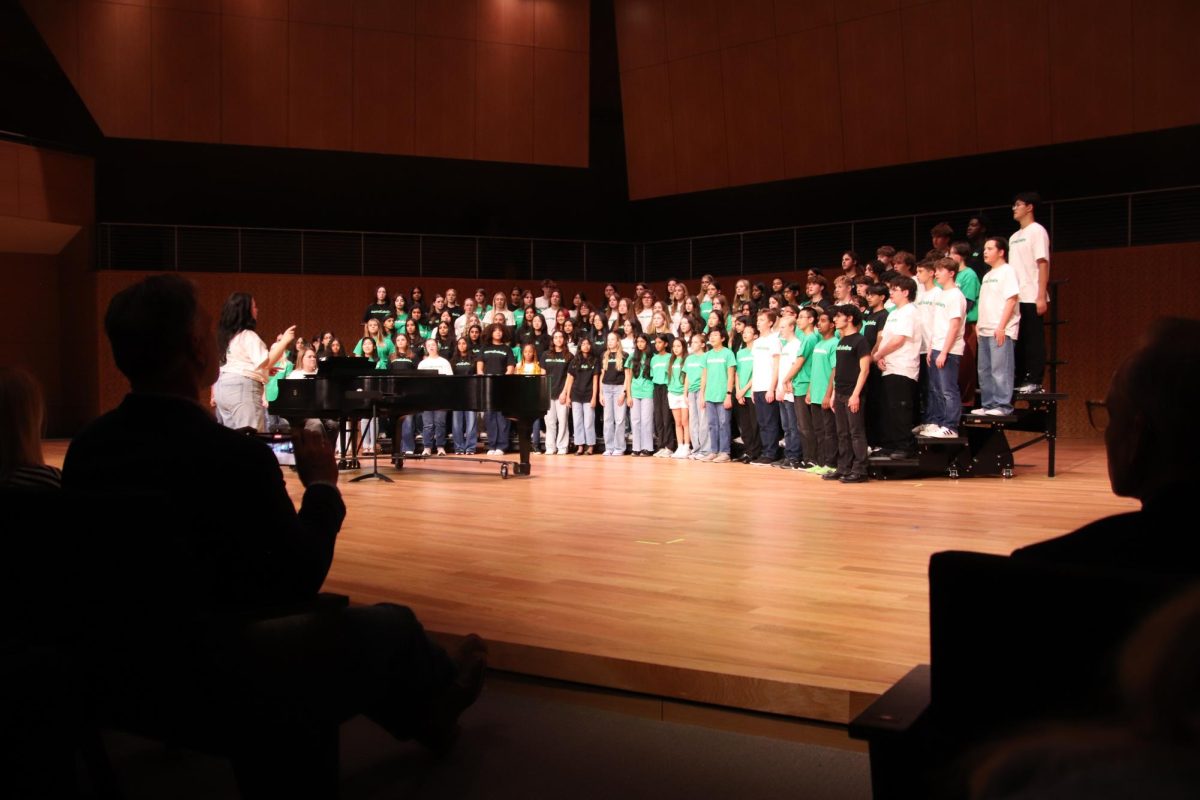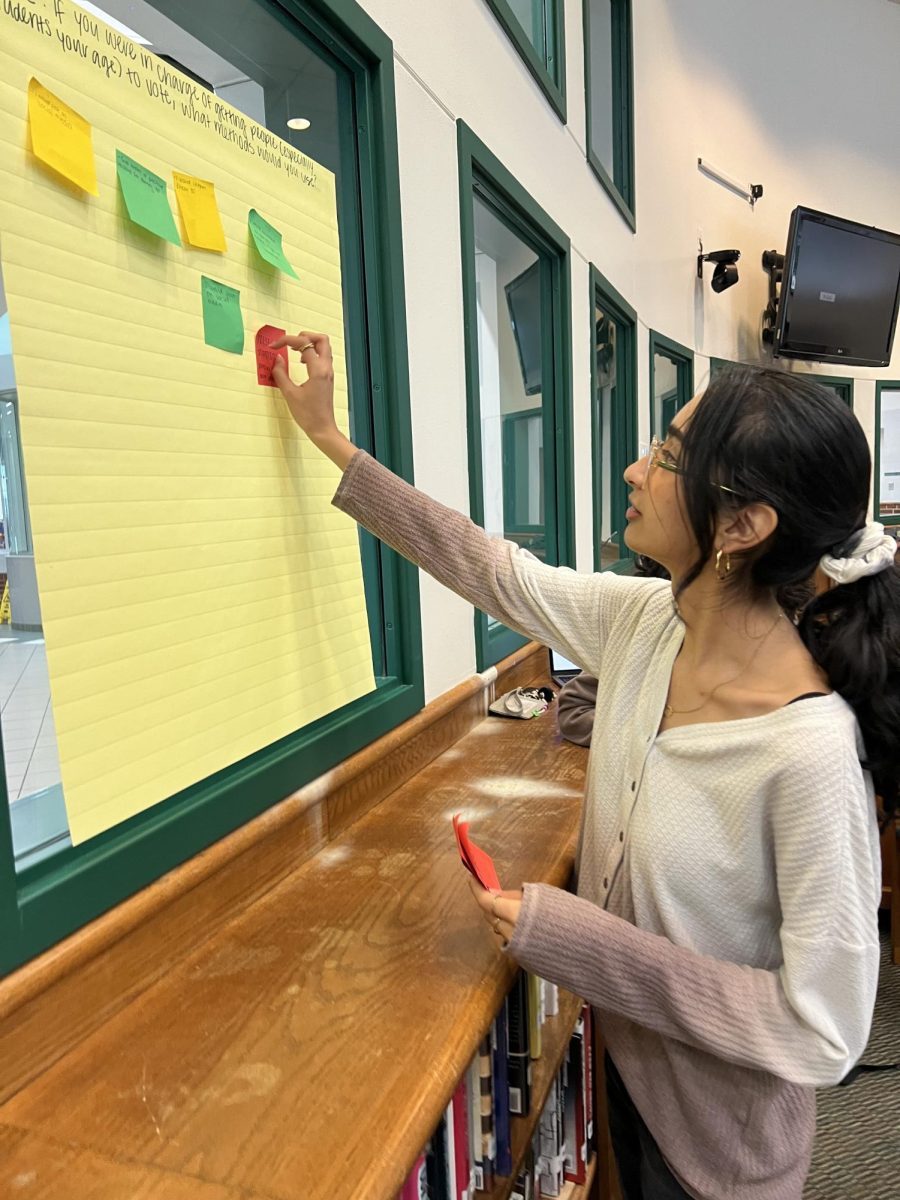As college application season is looming, seniors are forced to decide on a major part of the next four years of their lives: the location of their university. For many who wish to stay local, this decision is between two different states, or even two different cities in one state. For others contemplating applying to other countries, it can prove more difficult to decide whether international schools are right for them.
Sasha Morosova, a current student at the University of Amsterdam, notices major differences from her experience as a freshman at Northeastern University and her experience at a university abroad, particularly regarding the academics.
“I felt like the assignments given to us were a lot of summarizing and a lot of reading, but it didn’t feel like I was critically analyzing the situation, only summarizing it back and responding to other people’s blog posts,” Morosova said. “At my current university, there’s a lot less assignments per block but they’re more in depth.”
The grading scale was also unfamiliar. Unlike American schools, where most students are expected to achieve higher grades ranging in the 90s, the grades in the Netherlands are on a scale of one to ten.
“It’s a lot harder to get a really high mark,” Morosova said. “Generally most people aim for a 6.”
Brent Kuis, a Dutch student at a different university in Amsterdam, added that another culture shock is that universities in Amsterdam, in contrast to the substantial sports culture of American colleges, offer limited extracurricular opportunities.
“I think the main issue is there is a lack of community aspects to the university experience; there’s no clubs, no sports teams, you don’t have dorms, you don’t have societies,” Kuis said. “For the most part people go through their activities outside of university.”
However, every country has its own culture. Ladin Poyraz Baykam, a native Dutch student that attends the University of Bath in England, is part of numerous clubs at his university.
“Extracurricular activities are actually kind of a big deal at my uni,” Baykam said. “There’s lots of societies here in Bath.”
However, one thing remains the same between all three university experiences: lack of housing.
“Amsterdam has a really big student housing crisis at the moment, so they do give you housing for the first year, but then after that you have to find your own room which can be quite difficult, whereas in the US you have a guaranteed living space for the next 4 years” Morosova said.
This issue is not unique to just Amsterdam as most European universities are located in crowded cities and lack dorms.
“Housing is very expensive,” Baykam said. “Usually students have to live in big groups in little, crappy houses.”
Another experience specific to American students studying abroad is assimilating into a completely new culture. It can be difficult to make friends, but the large numbers of international students at the University of Amsterdam alleviate that stress.
“It felt like everybody was in the same situation,” Morosova said. “Most people were coming internationally and it felt quite easy to make friends with other people who were coming without predetermined friend groups. Only thing I would say is it was a bit difficult to get along with the Dutch people, as most of them don’t live in the city – they commute there and leave as soon as classes are over.”
Despite difficulties in making friends with native students, housing crises, and lack of community, international schools provide an unparalleled experience that is ideal for particular students.
“In terms of the people in Amsterdam, it’s a very international city,” Kuis said. “I feel most at home in an international environment so for me it was kind of perfect.”


















